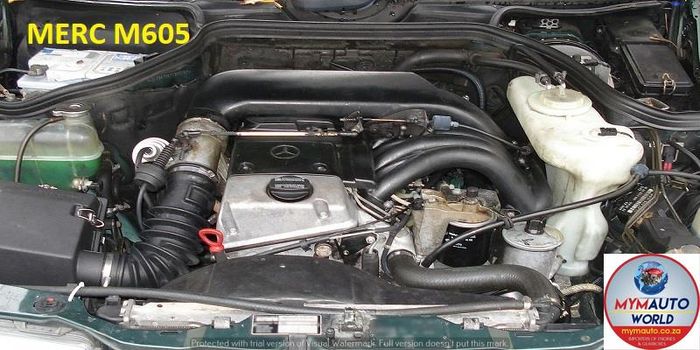Checking Out the Inner Operation of a Compact Car's Engine System
As motorists, we commonly take for approved the elaborate procedures that take place within the confines of our vehicle's engine system. In this exploration of a portable lorry's engine system, we will decipher the internal workings of this mechanical symphony, losing light on the enigmas that drive us ahead on our everyday journeys.
Combustion Process Summary
The combustion procedure in a portable vehicle's engine system is an important mechanism that effectively converts fuel right into energy to power the car. This process occurs within the burning chamber of the engine, where gas and air mix, spark, and generate controlled surges. The burning procedure includes four main stages: intake, power, compression, and exhaust.
Throughout the intake stage, the piston moves downward, attracting in a blend of air and fuel into the burning chamber. The next stage, compression, involves the piston relocating up, pressing the air-fuel blend to raise its effectiveness. Ultimately, in the power stage, the ignition system stirs up the pressed blend, leading to a rapid development of gases that requires the piston pull back. This downward activity creates the power needed to drive the lorry. In the exhaust stage, the burned gases are expelled from the combustion chamber through the exhaust valve, preparing the chamber for the following cycle. This cyclic combustion procedure is essential to the procedure of a portable car's engine system, ensuring efficient energy conversion for propulsion.
Piston and Cylinder Communication

The piston's specific fit within the cylinder is necessary for maintaining optimal compression and protecting against power loss throughout burning. Limited clearances in between the piston and cylinder walls make sure effective sealing, allowing the piston to move efficiently without allowing gases to leak past. Proper lubrication is also crucial to reduce friction and use in between these parts, improving longevity and efficiency.
Additionally, the style and materials used in making the piston and cyndrical tube influence engine effectiveness and toughness. Modern engines commonly employ light-weight yet sturdy materials like light weight aluminum alloys for pistons and cylinder linings to reduce inertia and improve thermal effectiveness. In general, the unified interaction between the piston and cyndrical tube is fundamental to the engine's capability and overall efficiency.
Gas Shot System Functionality
Fuel injection systems in compact vehicle engines play a vital role in specifically supplying fuel to the burning chamber for regulated and reliable ignition. The fuel shot system operates by injecting gas into the combustion chamber at the optimum moment throughout the engine's operation (opel corsa engine). This precise timing ensures that the fuel mixes uniformly with the air for correct burning, causing improved fuel performance and minimized emissions
There are mainly two kinds of gas shot systems made use of in portable car engines: port fuel shot top article (PFI) and direct fuel shot (DFI) PFI systems infuse gas right into the consumption port before the intake shutoff, while DFI systems inject fuel directly into the combustion chamber. Both systems have their advantages, with DFI using far better fuel atomization and PFI offering an extra cost-efficient service.
Comprehending Engine Cooling Systems
Reliable procedure of a compact car's engine relies heavily on the performance of its cooling devices. The air conditioning system in a small lorry generally consists of several elements functioning together to regulate the engine temperature. Recognizing these engine air conditioning systems is crucial for maintaining the efficiency and long life of a compact lorry's engine system.

Exhaust System Parts Explained
The ideal functioning of a portable vehicle's engine cooling mechanisms depends upon a complementary system called the exhaust system, which comprises numerous necessary components for making certain efficient emissions and engine efficiency. The exhaust system includes elements such as the exhaust manifold, catalytic converter, muffler, and tailpipe. The exhaust manifold collects exhaust gases from the engine's cyndrical tubes and courses them to the catalytic converter. The catalytic converter then transforms damaging contaminants in the exhaust right into much less dangerous more information exhausts before releasing them with the muffler and tailpipe.
One essential component of the exhaust system is the oxygen sensor, which checks the oxygen levels in the exhaust gases to help regulate fuel consumption and guarantee optimum engine performance. opel corsa engine. Additionally, the resonator might be existing in some exhaust systems to reduce noise degrees. Overall, the exhaust system plays a vital role in keeping engine efficiency, lowering hazardous discharges, and guaranteeing a quieter driving experience for small vehicle owners

Final Thought
To conclude, the portable automobile's engine system is an intricate mix of elements that function together to facilitate the burning process, convert fuel into power, and get rid of waste gases. Comprehending the internal operations of the engine system, including the piston look at these guys and cyndrical tube communication, gas shot system, engine air conditioning devices, and exhaust system elements, is essential for preserving optimum efficiency and effectiveness of the automobile.
The burning process in a portable automobile's engine system is an essential mechanism that successfully transforms gas right into energy to power the automobile.Gas shot systems in small car engines play an essential role in exactly providing gas to the burning chamber for regulated and reliable ignition.There are primarily 2 types of gas injection systems made use of in portable lorry engines: port gas injection (PFI) and straight fuel injection (DFI) Recognizing these engine cooling systems is essential for preserving the efficiency and longevity of a compact automobile's engine system.
The optimum functioning of a portable car's engine cooling systems depends on a complementary system recognized as the exhaust system, which consists of numerous essential parts for making certain effective emissions and engine efficiency.